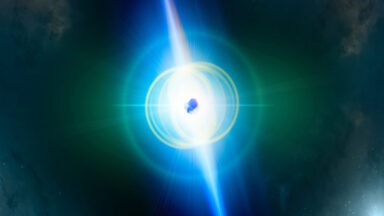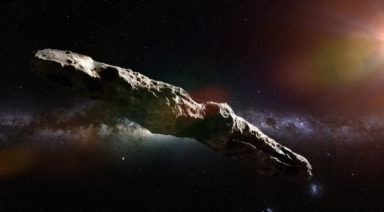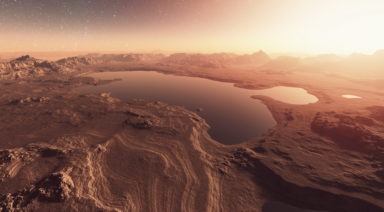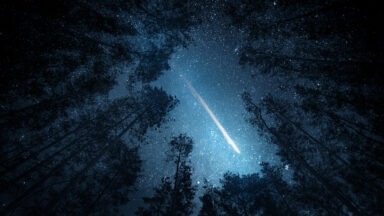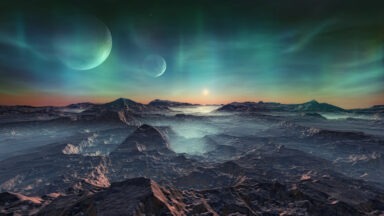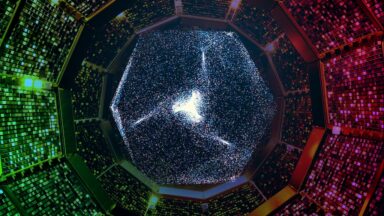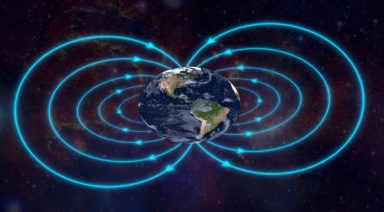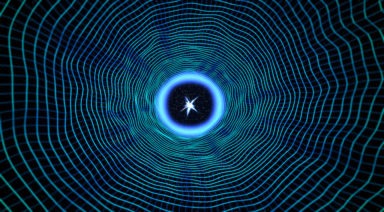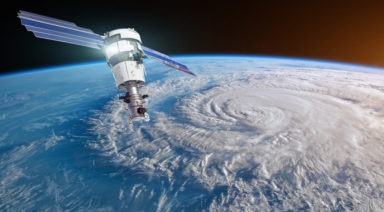A Massive Meteor Hit Earth Last Year; Almost No One Noticed
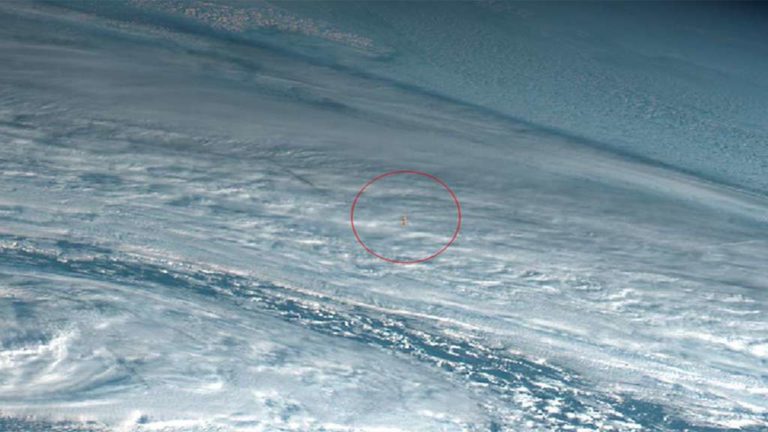
A massive meteor explosion over the Bering Sea three months ago went completely unnoticed until just now, when scientists reviewed low-frequency acoustic wave data picked up by global recording stations. The 32-foot diameter meteor exploded on Dec. 18, releasing 173 kilotons of energy – about 10 times that of the atomic bomb dropped on Hiroshima.
This latest meteor explosion was the second largest impact in the past 30 years, coming in behind the Chelyabinsk meteor of 2013 which caused a number of injuries and was widely captured on video.
But unlike Chelyabinsk, this recent explosion took three months to be detected by a scientist studying infrasound data, which is inaudible to humans, but recorded by 16 monitoring stations around the world. The explosion is even being compared to the Tunguska event of 1908, during which a meteorite leveled an area of Siberia that included somewhere in the range of 80 million trees.
The explosion occurred in an incredibly remote area of the planet over an ocean where, luckily, no air traffic was passing through at that moment. But the fact that meteors this size with devastating potential, can enter the atmosphere almost undetected is a little unsettling.
While it wasn’t witnessed or officially recognized until now, footage from a Japanese weather satellite happened to capture an image of the explosion as it entered the atmosphere between Russia and Alaska.
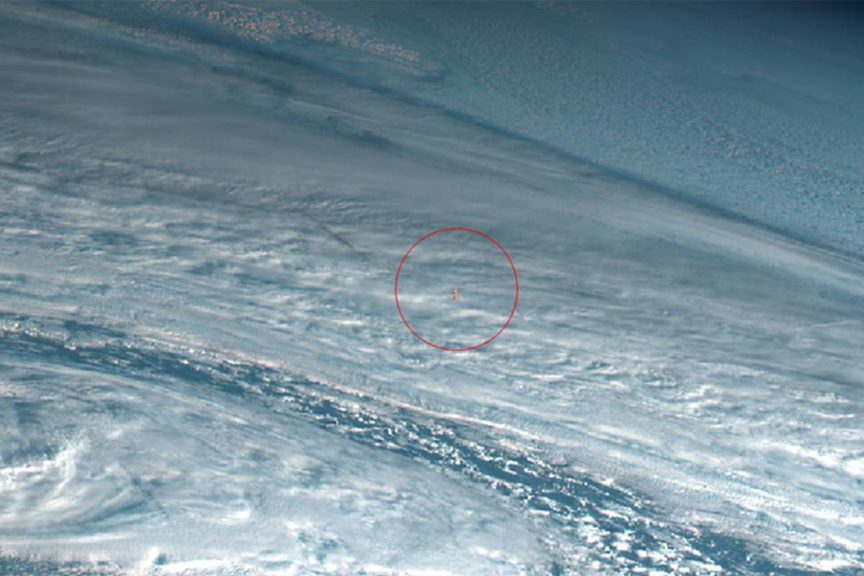
The meteor explosion caught by the Japanese Himawari-8 satellite Simon Proud, University of Oxford/Japan Meteorological Agency
Scientists often refer to a meteorite this size as a city-buster due to its potential to level an entire city, and bolides this size tend to enter our atmosphere a few times per century.
Reassuringly, most of the larger asteroids floating in our general vicinity have been mapped out and are regularly monitored by scientists at various observatories – even if we don’t necessarily have the means to deflect them if they were on a crash course with Earth.
But these mid-size rocks are particularly troubling, especially as man-made space debris can lead to collisions and changes in trajectory.
The technology and cataloging of 90 percent of all near-Earth asteroids larger than 450 feet in diameter is underway, but may take several decades. But these are only the rare nation-busters that would wipe out an entire country; mapping out all of the smaller city-busters is something that hasn’t really been considered, if it’s even possible.
Seems like it might be time someone builds a machine learning algorithm to do that for us.
For more on near-miss asteroids check out this episode of Beyond Belief with Dan Durda:
Is This a Solution to the Fermi Paradox?
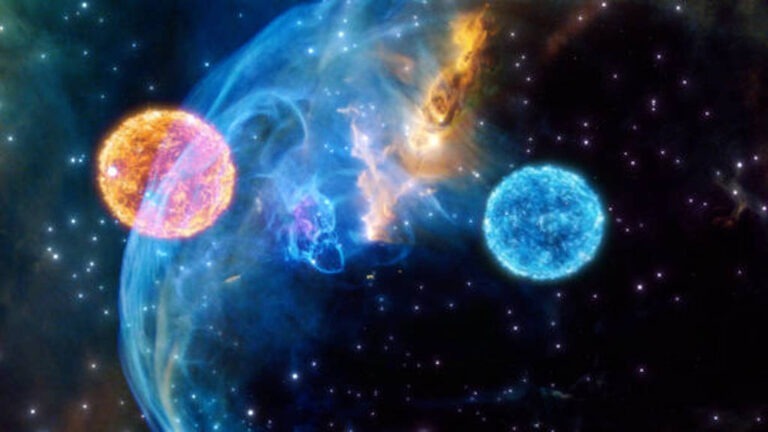
A new theory has been devised on why aliens have never visited Earth, that we know of, as a possible resolution to the Fermi paradox.
Many who are curious about the existence of ETs have heard about the “Fermi paradox,” named after famous astrophysicist Enrico Fermi.
The story goes that in a lunchtime conversation with other astrophysicists who reasoned that, given the vast size and age of the universe it stands to reason, there must be other intelligent life out there, to which Fermi asked, “where is everybody?”
For decades people have tried to answer that question if there are so many possible ET civilizations, where are they? Now, astrobiologists Michael Wong, of the Carnegie Institution for Science, and Stuart Bartlett, of the California Institute of Technology offer their hypothesis, and it’s a bit dark.
Using studies of the growth of cities on Earth, they argue that civilizations grow infinitely but in a finite time. This infinite growth of population and overuse of energy will eventually lead to the death of the civilization or possibly saving themselves.
“We propose a new resolution to the Fermi paradox: civilizations either collapse from burnout or redirect themselves to prioritizing homeostasis, a state where cosmic expansion is no longer a goal, making them difficult to detect remotely.”



